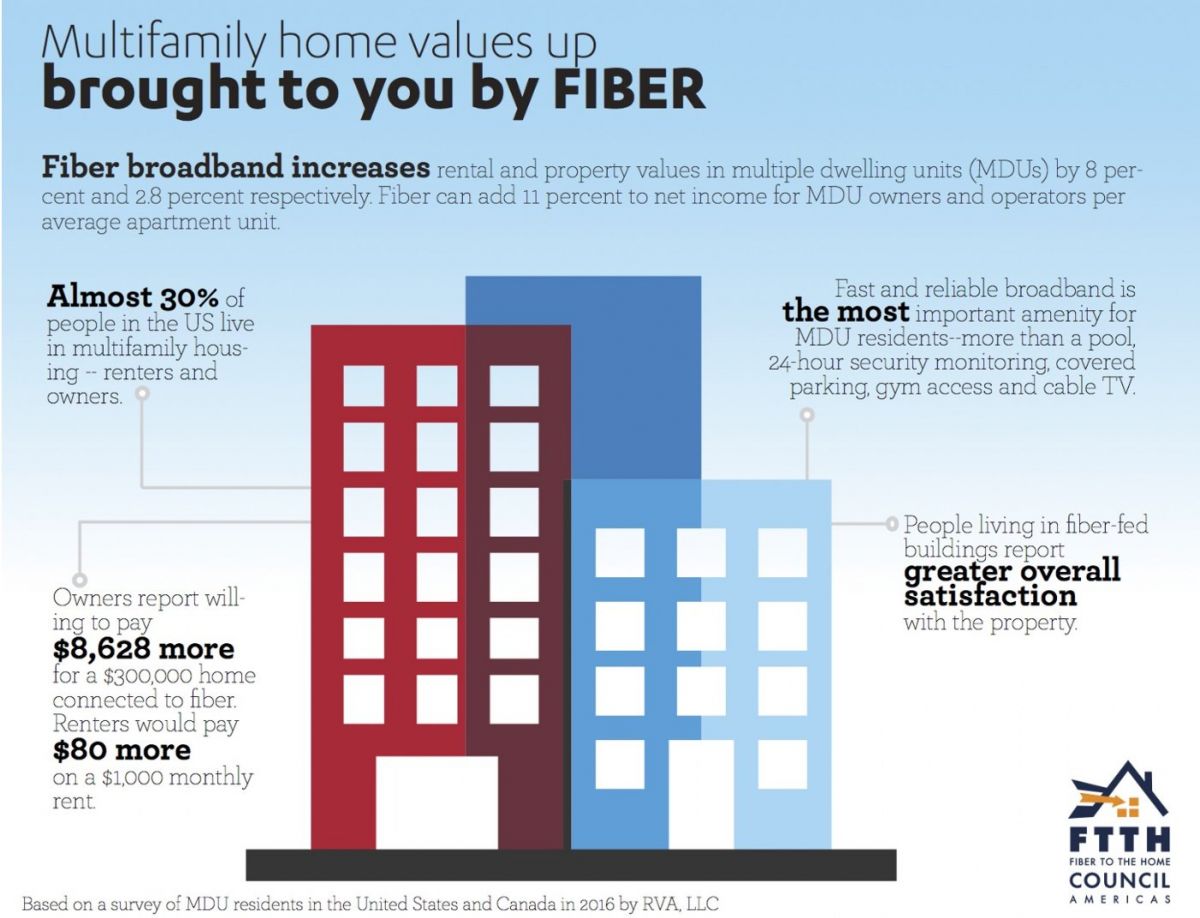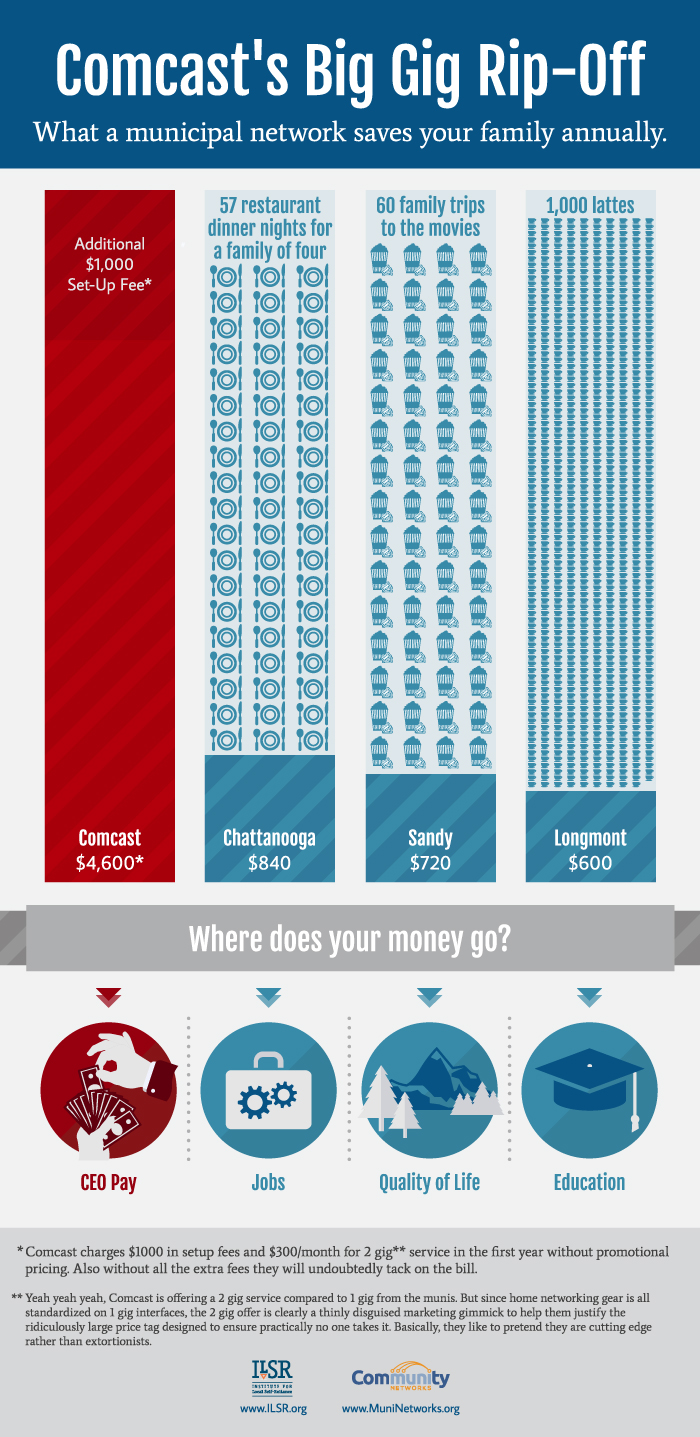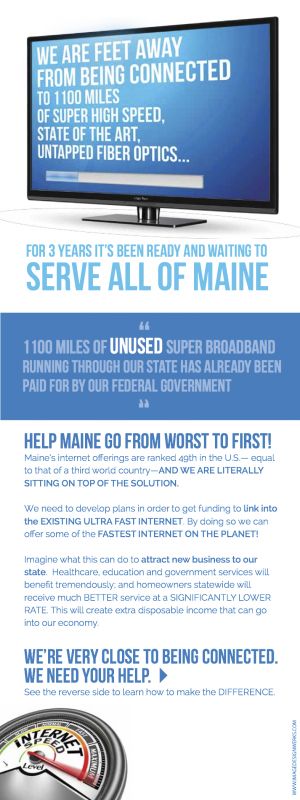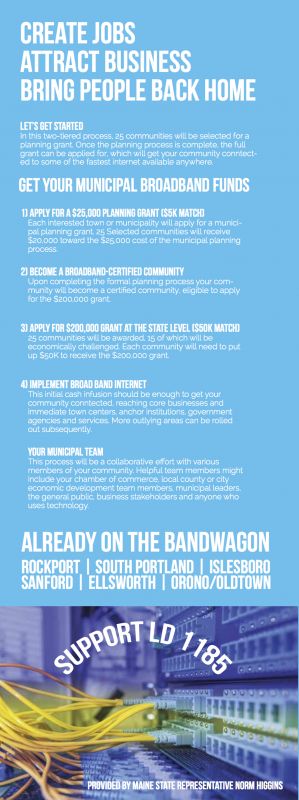
Fast, affordable Internet access for all.

As of June 11th, federal network neutrality protections formally expired, thanks to Chairman Ajit Pai and the other Republican Commissioners at the FCC. In the months leading up to the vote, Pai has continued to press the talking point that the market will protect consumers. Now is a good time to pull out our infographic from last year, "The Market Has Spoken. The Market Is Broken," to remind Chairman Pai that a broken market isn’t much protection.
Is a Broken Market Able to Protect Anyone?
If people Americans aren’t satisfied with their current ISP, they should just switch, right? That’s why we have a competitive market — so subscribers who are unhappy with one Internet service can switch to another, right? Sounds great, but when there is no competition where you live, “you’ll take what you git and you won’t throw a fit.” At least, that’s what monopoly providers expect.
Our infographic addresses national ISPs that deliver services in both urban and rural areas. Time and again, consumers report that they’re dissatisfied with companies such as Comcast, AT&T, and CenturyLink, but with no options in many areas, there is no recourse. Now that we know approximately 177 million Americans live under the shadow of ISPs that willingly offend network neutrality policies, the faulty market is a more important issue than ever.
National ISPs know the monumental task ahead of new entrants, but also know that if subscribers get a taste for something better, big companies will lose their advantage and subscribership. In order to keep their position at the top of the heap, they invest millions of dollars each year into lobbying at the state and federal level. By advancing legislation that effectively blocks smaller players and municipalities from developing new and better services, Comcast, AT&T, and others can maintain their monopolies.
Our infographic looks at some hard numbers and offers examples of solutions. When communities find a way to get past the big telecom and cable industry stranglehold, they can thrive with local control and accountability.
A recent edition of State Scoop published Christopher's thoughts on the state of competition in the broadband market in the United States. In the piece, Christopher argues how incumbent Internet Service Providers translate their economic power into political power, as seen in the recent vote to strike down consumer privacy protections. He also more widely distributes our recent infographic, "The Market Has Spoken. The Market Is Broken." We've reproduced the op-ed here:
Infographic & commentary: Christopher Mitchell of the Institute for Local Self-Reliance says the new anti-privacy legislation passing through Congress offers further evidence that America's broadband market is broken, but not beyond repair.
To be charitable, one of the reasons that Republicans in Congress moved so quickly to eviscerate privacy protections for internet access subscribers was an overriding belief that the market provides better protection than regulators. To be less charitable, it is possible all the lobbyist contributions to their campaigns had an impact.
But the market is not providing a check to AT&T or Comcast power. They are effectively monopolies — and as we just saw — can translate their market power into political power to wipe out regulations they find annoying.
At the Institute for Local Self-Reliance, where we work to support local economies, this broken market is a major problem. Cable monopolies are bad for local businesses, which become less competitive from paying too much for unreliable Internet access. Communities cannot thrive without high quality Internet access today.
So we created the infographic below, which offers evidence for our claim that the market is broken. The Federal Communications Commission has documented that most households don’t have a choice in broadband providers, let alone a meaningful choice (where you actually like one of the companies you have to choose between).
“Monopoly” may be a fun family night activity, but if you live in a place where you have little or no choice for Internet access, it’s not fun and it’s not a game.
According to FCC data, most families don’t have a choice in Internet access providers, especially providers they like. Nevertheless, the biggest companies keep reporting increasing revenues every year. People aren’t happy with the service they’re receiving, but companies like AT&T and Comcast continue to thrive. What’s going on?
In a recent State Scoop piece, Christopher wrote:
[T]he market is not providing a check to AT&T or Comcast power. They are effectively monopolies — and as we just saw — can translate their market power into political power to wipe out regulations they find annoying.
At the Institute for Local Self-Reliance, where we work to support local economies, this broken market is a major problem. Cable monopolies are bad for local businesses, which become less competitive from paying too much for unreliable Internet access. Communities cannot thrive without high quality Internet access today.
We created this infographic to present the evidence showing that the market is broken. This resource also discusses why creating more competition in the current market is such a challenge. An effective way to overcome this broken market, however, is to consider what hundreds of local communities are already doing - investing in publicly owned Internet infrastructure. Our infographic offers a few examples of different models, each chosen to suit the communities they serve.
Get a larger version of the infographic here.

Get a larger version of the infographic here.
Kudos to intern Kate Svitavsky who created the infographic.
Stay up to date on community networks with our newsletter.
The FTTH Council recently released an infographic that puts fiber connectivity and multiple dwelling units (MDUs) into perspective. Given that a large segment of the U.S. population lives in apartments and condos, the data applies to a many people.
For years now, studies have shown that Fiber-to-the-Home (FTTH) raises property values and can make or break a home sale. According to RVA, LLC, who surveyed MDU residents in the United and States and Canada, owners who purchase a home in an MDU are willing to pay $8,628 more for a $300,000 home. Renters are willing to pay $80 per month more on a $1,000 per month unit that has FTTH.
For more facts on fiber in MDUs, check out the FTTH Council infographic, which they allowed us to share with you:

Are you spending the Halloween weekend watching scary movies on Netflix? Researching pagan rituals online? Scouring the web for last minute costume ideas? If you are don't have decent Internet access, even those simple tasks can be downright horrifying.
If you are trapped as a cable monopoly zombie, you understand the difference between Broadband Tricks or Treats. We created this graphic last year to celebrate the spooky differences between community networks and cable monopolies and it's too good to bury in a shallow grave! Here it is again...back from the (un)dead!

View a larger version of this graphic here [pdf]. Stay up to date on community networks with our newsletter!

Happy Halloween!

View a larger version of this graphic here [pdf]. Stay up to date on community networks with our newsletter!
 For more information on the great offer from Sandy, see the video we just released about their approach.
For more information on the great offer from Sandy, see the video we just released about their approach.In late April, LD 1185 and several other broadband bills came before the Maine House Energy, Utilities, and Technology Committee. We have seen a flurry of activity in Maine this year as local communities deploy networks, develop plans, or begin feasibility studies. Likewise, the state legislature has been active as House and Senate members try to defibrillate the barely beating heart of the state listed as 49th for broadband availability.
The national providers in Maine - Time Warner Cable and FairPoint have little interest or capacity to invest in high quality services in Maine. Time Warner Cable is more focused on major metros and being acquired. FairPoint is laying off workers and also, positioning itself to be acquired. Fortunately, these big companies aren't the only option for improving Internet connectivity in Maine.
LD 1185, presented by Representative Norm Higgins, seeks to establish $6 million this year in funds for local communities that wish to deploy municipal networks. Maine already has the middle mile Three Ring Binder in place; the focus of this proposal is to help communities get the infrastructure they need to connect to it. In an effort to get the word out about the bill and grow support, Higgins and his team created this graphic explaining the proposal (a 2-page printable edition of the graphic is available for download from the link below):


When we think of the enormous cyclops we don't usually imagine him in a suit and tie but the Free Press does and it works. In their recent Media Giants infographic, the Free Press uses the hulking one-eyed beast to represent corporate behemoths slowly taking control of our media through smaller shell companies.
As media power is consolidated, every one else's voices fade. We all become like the one-eyed cyclops: seeing things through his limited vision. The Free Press sums it up like this:
Media companies are using shady tactics to dodge the Federal Communications Commission’s ownership rules and snap up local TV stations across the U.S.
Gannett, Nexstar, Sinclair and Tribune are on major buying sprees. To grow their empires, these corporations are using shell companies to evade federal caps on how many stations one company can own. And so far the FCC has done nothing to stop this trend.
In some communities, one company owns two, three and even four local TV stations — and airs the same news programming on all of these outlets. The result: An echo chamber where all the news looks and sounds the same.
Take action now through the Free Press' campaign or contact your elected officials directly.